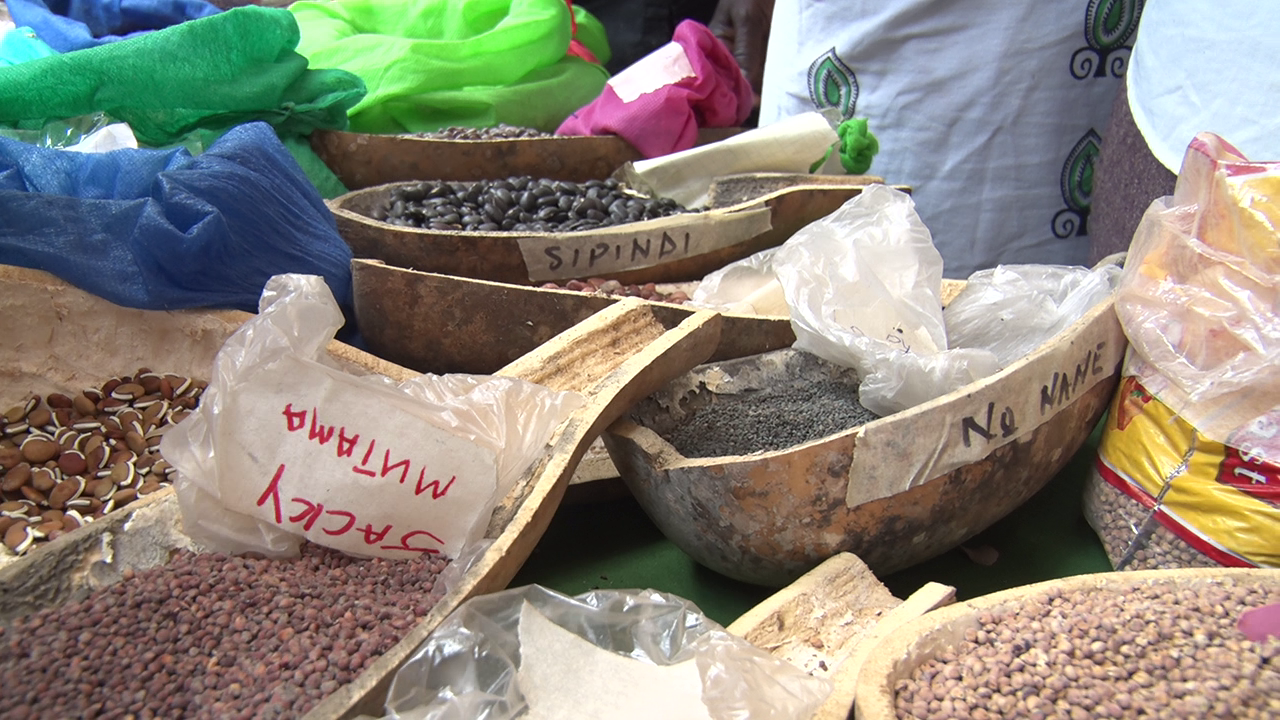The number of people that will be food insecure in Kwale County is expected to rise to 100,000 over the next four months if the current drought persists.
About 70,000 people are currently severely impacted by drought and are benefitting from government relief food programmes, according to the National Drought Management Authority (NDMA).
The County Drought Coordinator, Roman Shera said the drought and hunger situation was worsening and spreading to other sub-counties apart from the initial two that are hardest hit namely, Kinango and LungaLunga.
The others are Msambweni and Matuga where the strain of the drought has started to be felt, he said in a brief on weather assessment for the next four months.
Shera said on Wednesday in Kwale town that the dry spell might be experienced for long since the anticipated March to May rains have failed.
“The predictable rainy period is almost ending with nothing promising. The rains we have received so far are not enough to counter the drought that might stretch for a while,” he said.
Shera said that both the national and county governments have started campaigns to encourage livestock farmers
affected by drought to destock to avert loses through animal deaths.
“Livestock keepers can sell some of the animals and use the proceeds to buy food to sustain themselves during the dry season,” he said.
He said, some of the measures taken to mitigate hunger in the region, include relief food distribution and water trucking to the affected people. Another intervention entails health and nutrition support targeting children under five as well as pregnant and lactating mothers.
He however, underscored the need to come up with affirmative action to deal with drought emergencies. He also called on locals to adopt alternative agricultural methods such as irrigation owing to the increasingly unreliable rains.
Food shortage in the region has also been compounded by poor harvests in the last season and the fall army worm infestation which led to massive crop destruction, according to the latest county food security report.
By Shaban Omar/James Muchai


